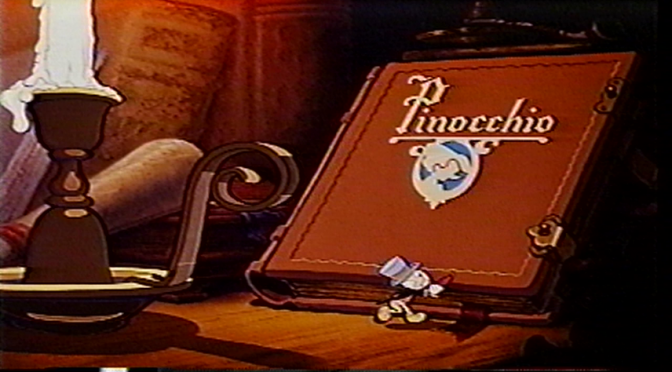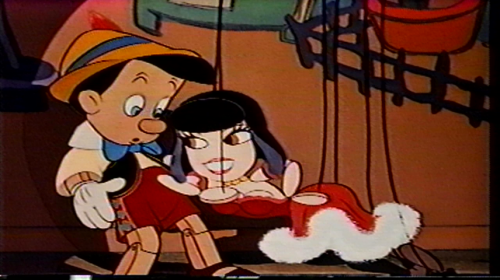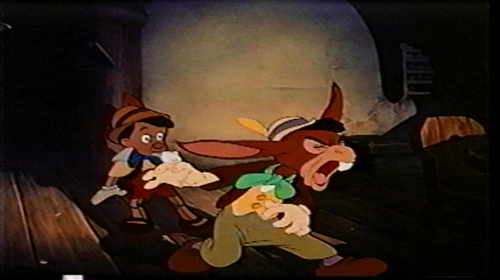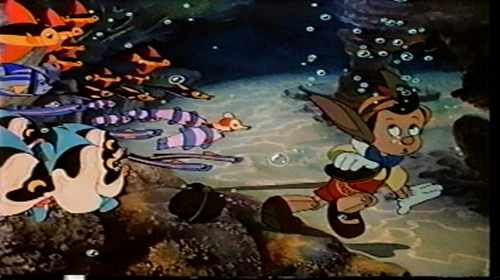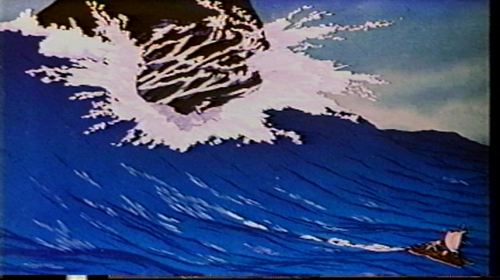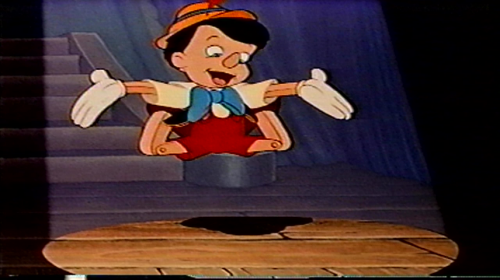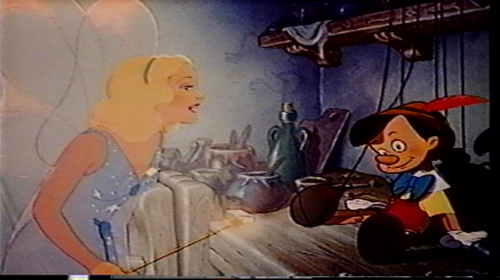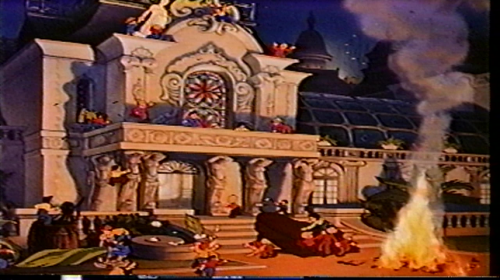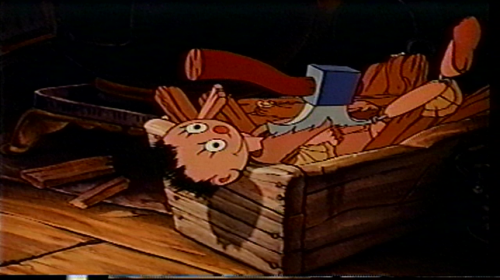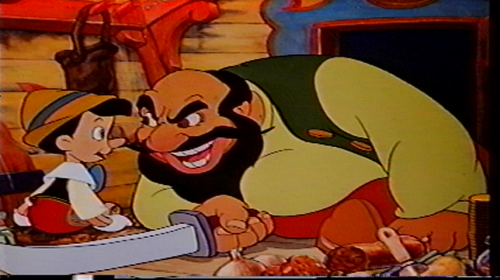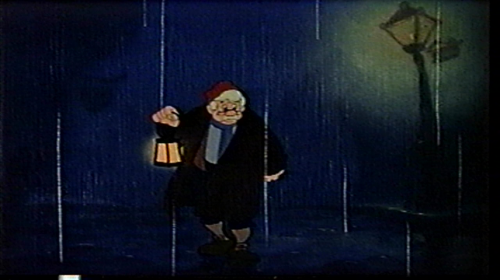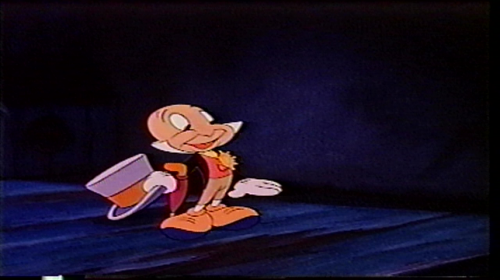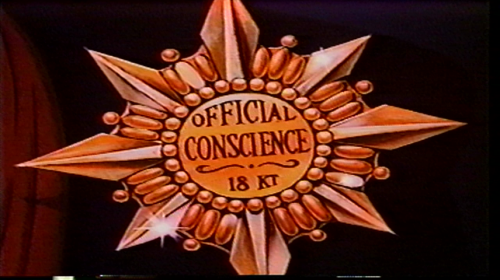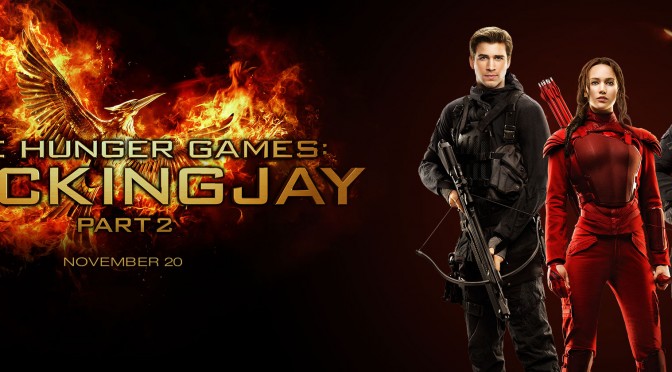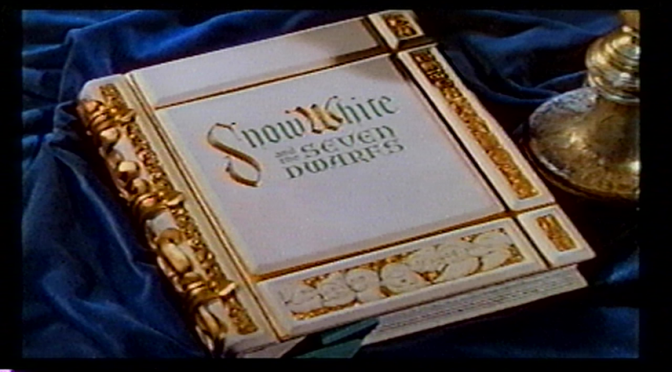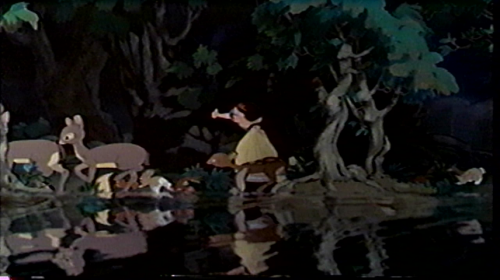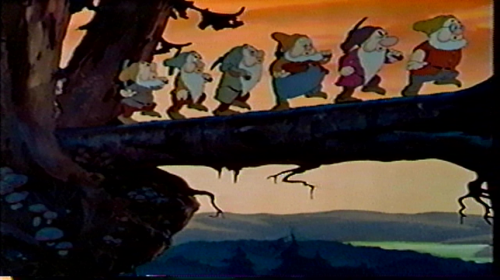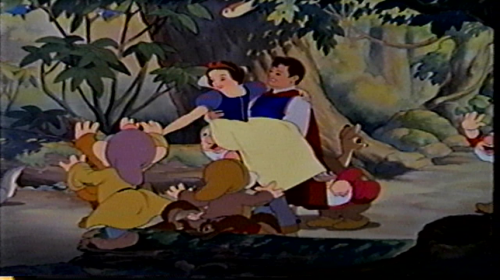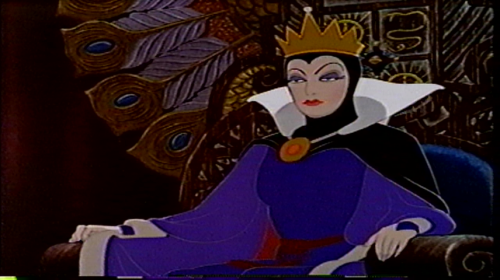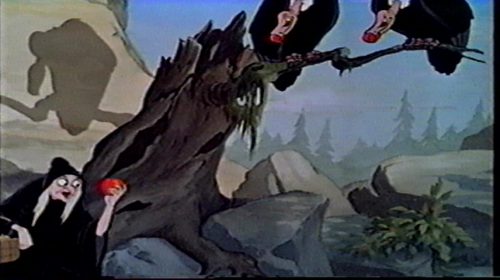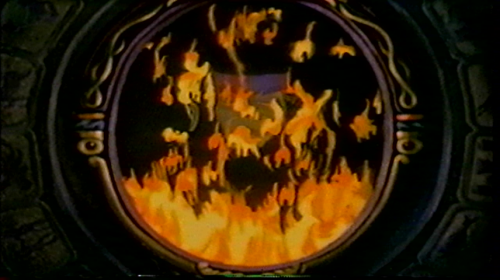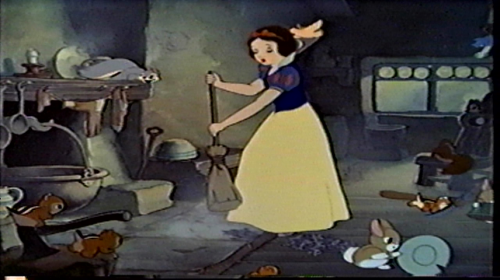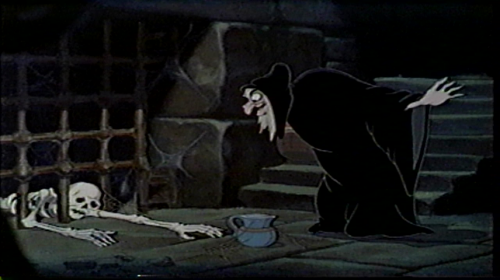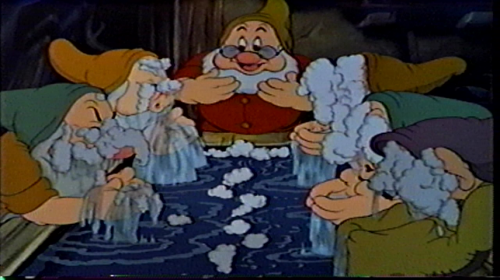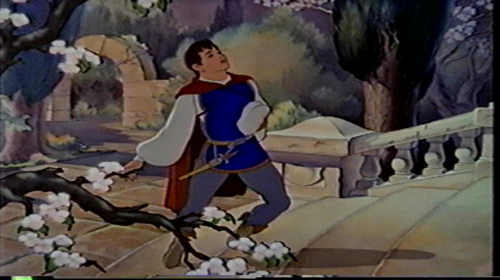
The Force—or rather, the hype—has been strong with The Force Awakens, the long-awaited sequel to the iconic Star Wars saga. Like a budding Jedi apprentice, the hype machine for this film has grown steadily stronger since the first trailer was released last December. Tickets went on sale in October, and both Movie Tickets and Fandango crashed within five minutes of them going on sale. The advertising campaign has been in hyper-drive for the last month.
I feel sorry for anyone who doesn’t like Star Wars. It’s everywhere now.
Now the day has finally arrived: the first Star Wars film in ten years. New studio, new director, new actors. Can it live up to the hype?
Thirty years after Return of the Jedi, a dark warrior (Adam Driver), serving Galactic Empire remnants known as the First Order, seeks a droid containing a map that will lead him to the legendary Luke Skywalker (Mark Hamill). This droid is now in the hands of a scavenger (Daisy Ridley) and a Stormtrooper defector (John Boyega).

Where do I even begin? There’s much I could and should say about this film. While I’m a more avid fan of the Star Trek franchise, which was also revived by director J.J. Abrams, I’d be lying if I said I didn’t grow up something of a Star Wars fan as well. It left an indelible mark on my upbringing, especially when I was in college—Attack of the Clones was released the summer before I entered university and Revenge of the Sith during my junior year. While I’m not one of the infamous impossible-to-please fans who did things like troll Amazon’s listing of the Star Wars Blu-Ray collection to prevent people from buying it, I was still stoked by the hype surrounding this film.
Hence why I’m at a bit of a loss for words. On one hand, this is undeniably the strongest entry in the saga in years. It certainly blows the prequel trilogy out of the water. On the other hand, well, for now I’ll just say that J.J. Abrams has joined the likes of Joss Whedon for one major reason.
Speaking of Abrams, putting him at the film’s helm was probably the smartest move Disney made after buying the franchise from creator George Lucas in 2012. In fact, according to Wikipedia, he was handpicked by Lucas himself. Abrams has often described himself as a longtime fan of Star Wars, and his previous work has shown him to be a student of both George Lucas and Steven Spielberg. I’d argue that it was good that Abrams cut his teeth on Star Trek (2009) and its sequel Star Trek Into Darkness—which definitely had Star Wars influences—because it undoubtedly prepared him for this. There are few directors in Hollywood who could handle an epic space opera from a long-running franchise filled with beloved iconic characters. Plus, given Abrams’ penchant for secrecy that’d make the C.I.A. jealous, it’d only increase interest in the film.

All that to say Abrams’ fingerprints are all over this film. Since he also co-wrote the script with Lucas’ past collaborator Lawrence Kasdan, it’s no wonder. The kinetic pacing, energetic camera work, fast zooms and, yes, the occasional lens flare all combine to recreate the feel of the original 1977 classic, albeit with a modern panache. Abrams treats the material as neither a belligerent revisionist nor a nitpicky fanboy. He respects what came before while also creating exciting new characters, set pieces, stories and ideas, all of which fit within the marvelous universe. One of the subtlest yet most obvious examples of this is the villainous Kylo Ren’s famous lightsaber, which features a cross guard made of the same energy. It’s the first ever major redesign of the classic weapon, and not only does it make sense from a sword-fighting perspective, Ren uses it to great effect in the film.
Ultimately, though, it’s Abrams’ handling of the story that makes or breaks this film. CinemaBlend reported in January that George Lucas’ treatments for Episodes VII-IX were discarded, making this the first Star Wars film without his input (though he was brought on as a consultant). However, it was Disney’s announcement that all of the Expanded Universe (rebranded “Legends”) that had been built over several decades in novels, comics, video games and television to be non-canonical that grated fans. I can’t begin to tell you what a controversy this was in the geek community. Personally, I’d always questioned their canonicity given that until Disney made the announcement, there was no firm rule on what was and wasn’t canon. I can understand the frustration, though. In the long run, I think this was a good move. It freed up the filmmakers to try fresh ideas and not be beholden to a mountain of continuity.
Admittedly, my knowledge of the Expanded Universe is limited by comparison to many fans. I bring this up not only to explain why excluding it from the canon didn’t bother me, but also to say that if I get any details in following paragraph wrong, please feel free to correct me.

Anyway, I’m happy to report that elements of the Expanded Universe are mined and integrated into The Force Awakens. Luke Skywalker did start a Jedi academy, though it was short-lived. Han Solo (Harrison Ford) and Leia Organa (Carrie Fischer) did get married; they only had one child, but he is a Force user. Ironically, he is named Ben, which is the name of the son of Luke Skywalker and Mara Jade in the Expanded Universe. However, this son did turn to the Dark Side like Jacen Solo, one of Han and Leia’s three Expanded Universe children. There is a New Republic, but in this film it operates in the background. There are also leftovers of the Galactic Empire plaguing the fledgling Republic, but here they’re called the First Order instead of the Remnant. As you can see, the Expanded Universe is treated as a sort of mythology that can be mined and not as a blueprint to be followed. Whether this will please the so-called Alliance to Preserve the Expanded Universe, which has childishly threatened to spoil The Force Awakens unless the EU is reinstated in the canon. (There are reasons why I’ve often said that “hardcore” Star Wars fans make all nerds/geeks look bad.)
Now the ultimate question: is the story good? Yes, it is. In fact, it might be the strongest story of all the films. Is that crazy talk? Maybe, but there’s no denying that this is a great Star Wars tale. Like A New Hope, it presents a universe with a long history that is in turmoil, and two young heroes heed the call to save it with the aid of old veterans. If taken in the context of the entire saga, A New Hope is as much a transitional story as The Force Awakens proves to be: the torch is passed from one generation of characters to the next. In the former’s case, it is from the likes of Obi-Wan Kenobi (Sir Alec Guinness) to Luke Skywalker. A notable improvement—yes, I dared say that—is the dialogue and acting. While the prequels are often derided for hokey dialogue and wooden acting, even the original trilogy has such foibles to a much lesser extent (though that was more A New Hope than the last two films). Here, however, there’s little. This is a testament to both the actors and Abrams.
That being said, it isn’t perfect. It includes many elements that, while probably intended to be homages, do detract from it slightly. It begins on a desert planet that looks like Tattooine yet isn’t. The bad guys have rebuilt the Death Star again(!), this time taking the Daft Punk approach (“Harder, Faster, Better, Stronger”) by making it the size of a planet instead of a moon. Interestingly, though, it is called Starkiller Base, a reference to the original surname George Lucas used for Anakin and Luke in the rough draft of Star Wars. My point is the Empire should’ve learned the first time not to build the same seemingly indestructible super-weapon again. Why do it a third time?
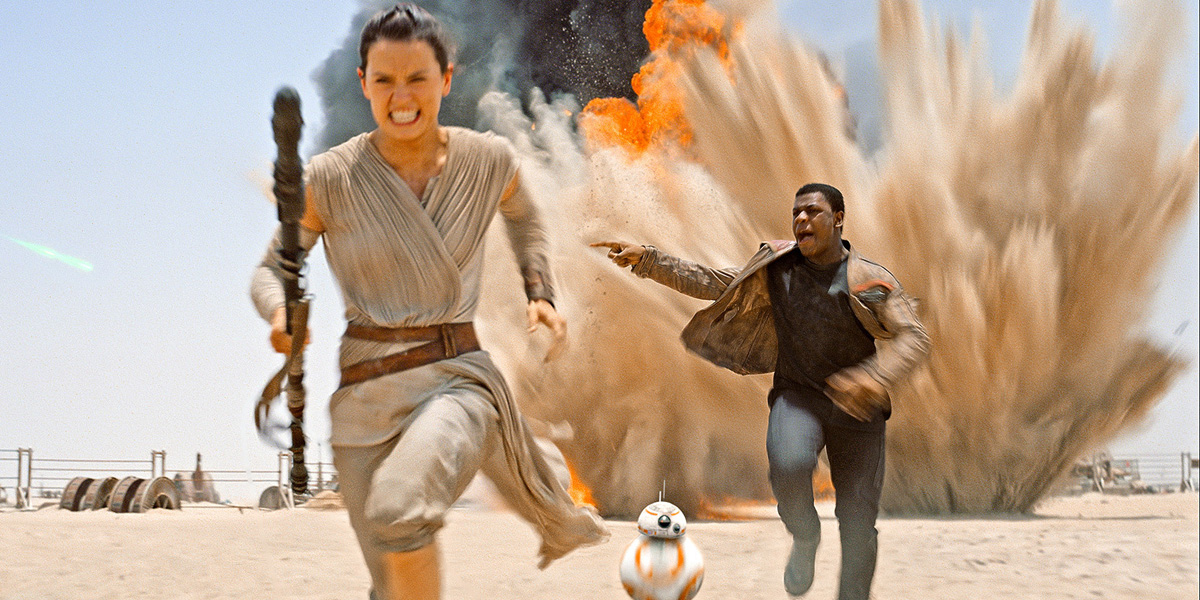
Regardless, the new characters are delightful, fun and interesting. Rey is a scrappy scavenger from said desert planet. She has a mysterious past, which is only compounded when she discovers she’s a Force user. I confess I expected her to turn out to be Han and Leia’s daughter, especially when she frequently demonstrated an aptitude for machines and piloting, but the questions of her origin are left unanswered as a set-up for Episodes VIII-IX. Finn proves to be the most original in that he’s a Stormtrooper who defects to the Resistance, an anti-First Order movement supported by the New Republic. He’s a reluctant hero with a slight cowardly streak in him, which he learns to overcome as the film progresses. Then there’s the new villain, Kylo Ren, who—SPOILER WARNING!—turns out to be Han and Leia’s son. Like his grandfather, he succumbed to the Dark Side, yet he constantly battles against “the Light.” While he may not reach the iconic status of Darth Vader, he’s a worthy, multilayered addition in the annals of Star Wars villains.
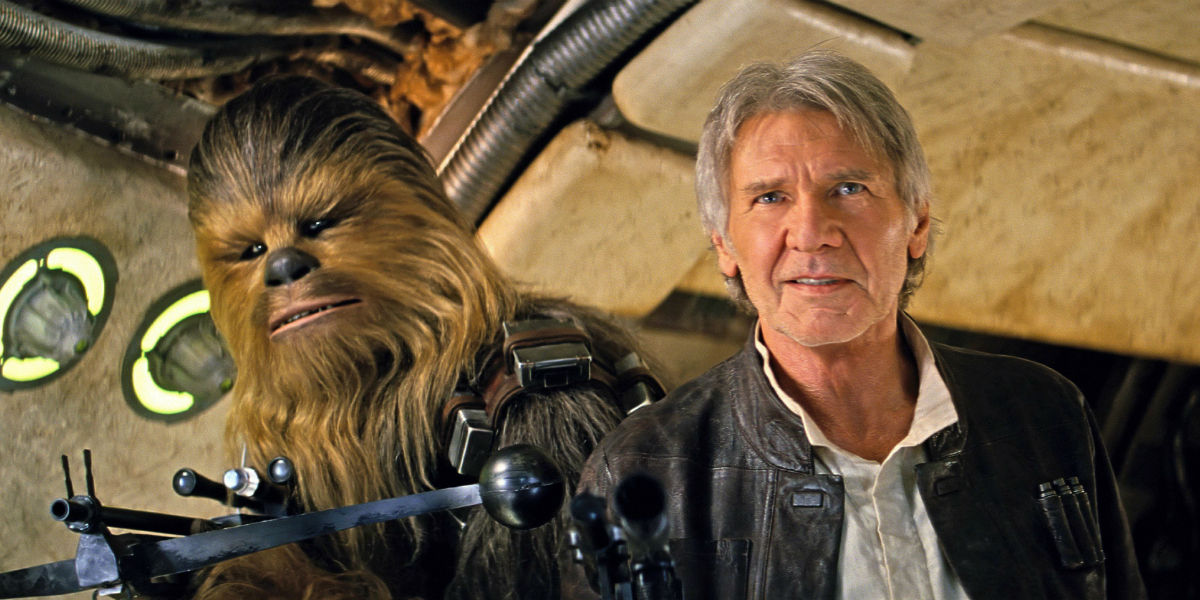
The returning characters are treated as mythic figures, both by the filmmakers and the new characters. Their exploits are the stuff of legends, some of which Rey and Finn had heard and some they didn’t. It is an appropriate response, I thought, in that it almost bordered on being meta. Rey and Finn, in many ways, are like younger Millennials and post-Millennials who aren’t as familiar with the Star Wars franchise. For longtime fans, while these actors/characters are thirty years older, they’re still the “old friends” we know and love. Which only made the moment where, as I hinted at before, J.J. Abrams becomes Joss Whedon.
Han Solo dies.
(BOOM! ULTIMATE SPOILER!)
Late in the film, Han confronts his son, Kylo Ren, on a catwalk, calling him by his given name, Ben, and appealing to him to turn away from the Dark Side. Immediately, I tensed up. I saw it coming, but I hoped against it. Even when Han’s efforts seemed to be working, I was nervous. Then as the sun being drained by the Starkiller Base was snuffed (yes, it can do that), Kylo ran him through with his lightsaber and dropped him into the chasm below. I flinched.
I hadn’t felt like that since watching Captain Kirk die in Star Trek: Generations.
I don’t know what to think of this or how to feel about it. It makes sense narratively, but at the same time, a fan-favorite character is now dead. For good. This isn’t like seeing a superhero die because nobody stays dead in comics. This is irreversible. I haven’t recovered enough from the shock to say whether or not it is, well, there only for the shock value. This is like the death of Wash in 2005’s Serenity, but amplified ten-fold (hence my comparison to Whedon). It’ll take time for me to process this.
That being said, Star Wars, Episode VII: The Force Awakens is a tour de force of character, special effects, action and story that lives up to the hype and then some. People have wondered what this generation’s Star Wars would be. Little did they know it’d just be a new Star Wars.
Final Grade: A

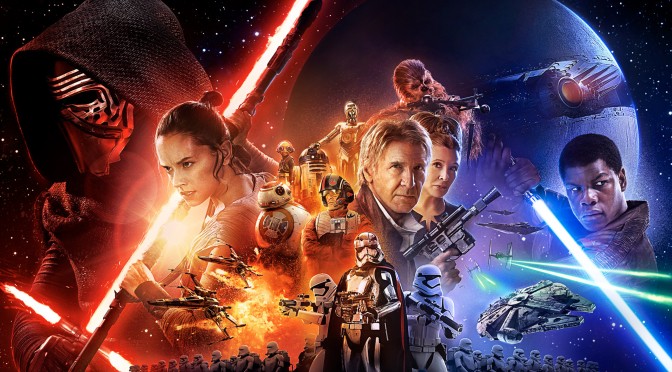
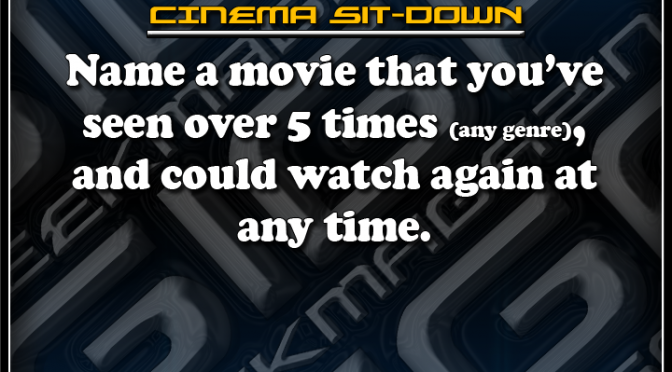
 You all must not be aware about it that
You all must not be aware about it that 